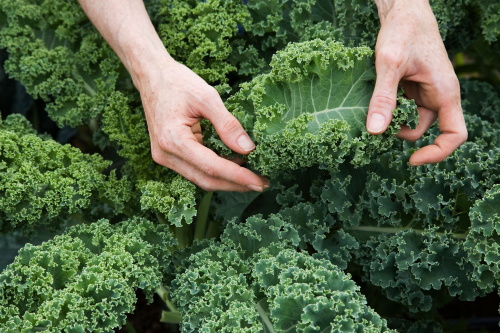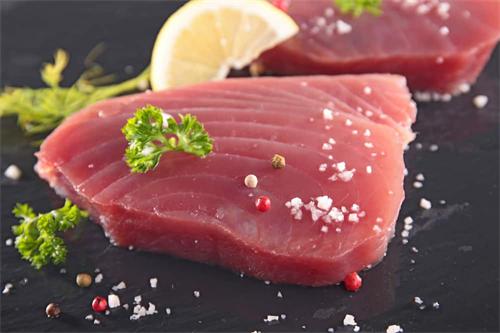Six Hidden Nutrient Powerhouses Beyond Kale

In recent years, kale has dominated headlines as the ultimate superfood, but a world of equally—if not more—nutrient-dense greens awaits discovery. From peppery watercress to iron-rich dandelion leaves and omega-3–packed purslane, these underappreciated greens offer unique vitamin, mineral, and phytonutrient profiles that can elevate both health and culinary creativity.
Why Look Beyond Kale?
Kale’s rise to fame stems from its impressive nutrient density—rich in vitamins A, C, K, and a host of minerals—but focusing solely on one vegetable risks dietary monotony and potential gaps in micronutrient intake. Diversifying your greens ensures a broader spectrum of antioxidants, fatty acids, and unique compounds like sulforaphane and betacyanins, each with distinct health benefits¹. Exploring lesser-known greens not only enhances your nutritional arsenal but also adds exciting flavors and textures to your plate.
Spotlight on Under-the-Radar Greens
Watercress
Watercress tops the CDC’s “Powerhouse Fruit and Vegetable” list with a perfect nutrient-density score of 100, thanks to exceptionally high levels of vitamin K, C, and antioxidants. This peppery green delivers over 27% of your daily vitamin C in just one cup and contains phytochemicals like isothiocyanates that may support heart health and DNA protection.
Dandelion Greens
Often mistaken for a garden weed, dandelion greens pack 428 µg of vitamin K and substantial iron and calcium in a single cup, promoting bone health and oxygen transport in the blood. They also provide antioxidants such as beta-carotene and luteolin, which can help modulate inflammation and support liver detoxification.
Stinging Nettle
Stinging nettle, once famed for its irritating hairs, transforms into a nutritional powerhouse when cooked or dried. A serving delivers significant amounts of iron, calcium, and magnesium, and boasts anti-inflammatory and antihistamine properties that may alleviate allergy symptoms and support joint comfort.
Purslane
Widely regarded as a weed, purslane is one of the richest plant sources of omega-3 fatty acids (alpha-linolenic acid), alongside substantial vitamin A, magnesium, and potassium. Its succulent texture and mild, lemony flavor make it a refreshing addition to salads and soups.
Beet Greens
Often discarded, beet greens deliver over 1,300 mg of potassium, 164 mg of calcium, and nearly 4 g of fiber per cooked cup, all for under 40 calories. Their earthy taste is similar to chard and pairs well sautéed with garlic or blended into smoothies.
Mustard Greens
Mustard greens shine with 120% of the daily value of vitamin K, 44% of vitamin C, and notable doses of vitamin A and B6 in just one cup, along with glucosinolates that support detoxification pathways. Their spicy bite enlivens stir-fries, stews, or braised preparations.
By embracing these eight hidden gems, you can move well beyond kale’s shadow, unlocking a richer palate of flavors and a more comprehensive suite of nutrients that support bone, heart, and immune health. A simple shift—swapping or combining these greens—can transform everyday meals into vibrant, health-promoting experiences.



